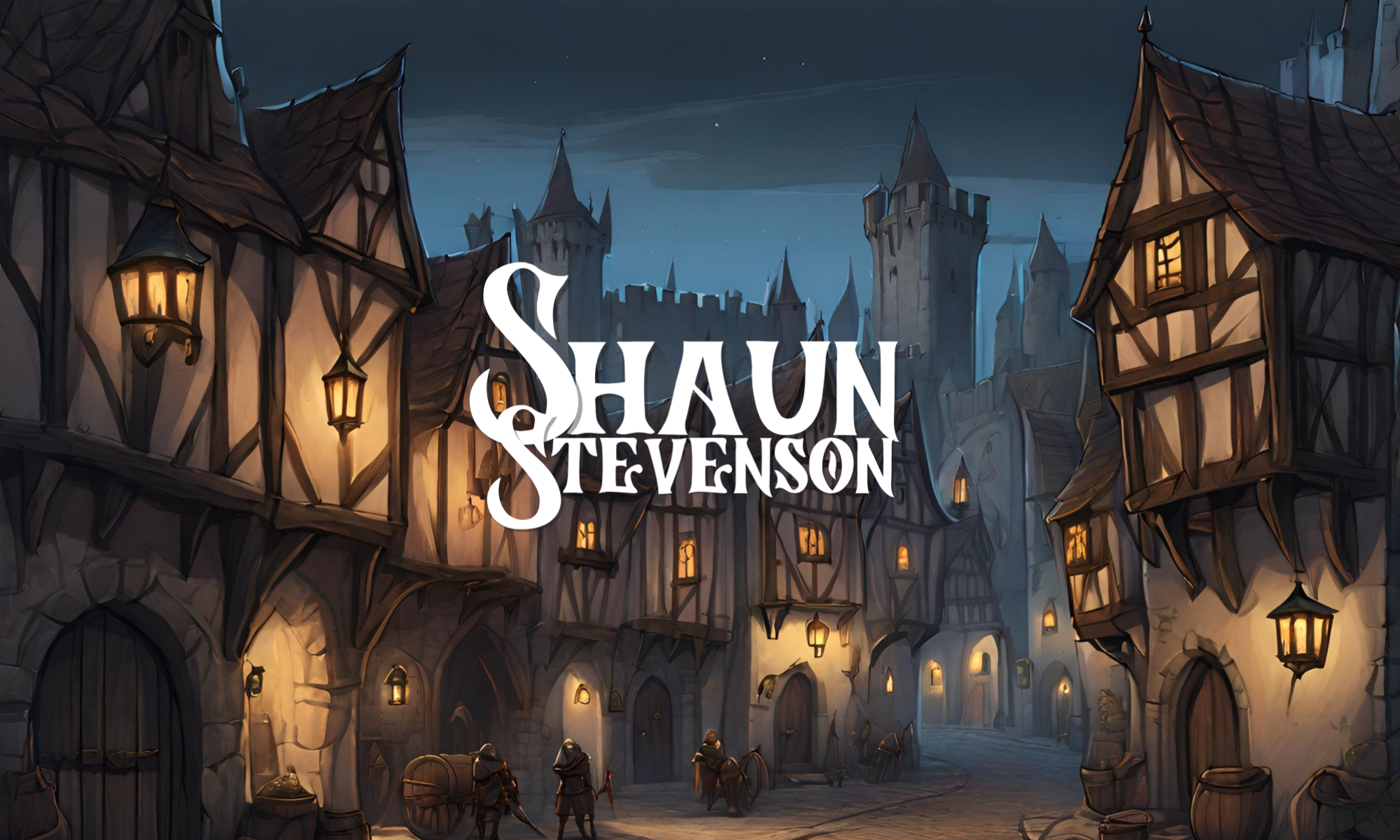
Called to the Fire: A Witness for God in Mississippi; The Story of Dr. Charles Johnson by Chet Bush
My rating: 5 of 5 stars
There are only a handful of books that can say they caught my attention enough to be read in one sitting. Called to the Fire, the story of Dr. Charles Johnson, by Chet Bush is one of them. From the mesmerizing first chapter to the heartbreaking, yet hopeful, ending, I simply could not turn the pages fast enough. Even before I dive into the rest of my thoughts on this book, this is certainly a must read.
Dr. Charles Johnson is a pastor in the Church of the Nazarene who found himself embroiled in a civil rights murder trial as a witness for the prosecution in 1967. The Mississippi Burning Trial has been the subject of film, documentaries, and other books, but this is the book that takes on the biography of Dr. Johnson, one of the pivotal figures in the small towns of Mississippi where racism and the Ku Klux Klan reigned supreme in the 1960s. From Dr. Johnson’s work in educating African Americans to his dynamite preaching, God called Dr. Johnson to the fire so he could be a beacon of hope in the storm.
Multiple times while reading I teared up, and the events of one of the final chapters broke me. I won’t spoil it here, but it was perhaps one of the most powerful moments I have read in any biography ever. The ability of this man of God to stand up even when threatened to continue to do what God had called him to do is inspiring.
The book is not a long read, and there are photographs of key events and places from the narrative. There are also copious notes in the endnotes that point to more sources and information not only about the Mississippi Burning Trial, but also about Dr. Johnson’s life.
We need more stories like this one. We need to remember the heroes of the past and today, and to remember that sometimes we are called into the fire. The purposes and reasons of the calling may not always be apparent, but looking back we will see what God has done in the wake. Pick up a copy of Called to the Fire. This one is a must read.

